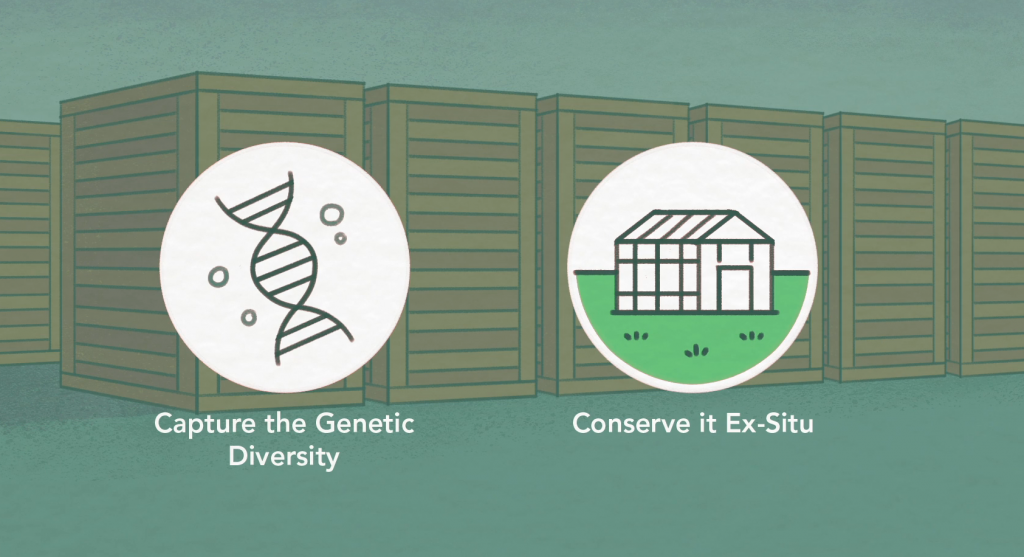
The goal of any conservation seed collection is to capture the genetic diversity represented within the target population and conserve it ex-situ. But it’s not always as simple as it sounds. Every population of every plant species is different. In this video we’ll discuss how we can use a species’ natural history to guide our […]
Read More…
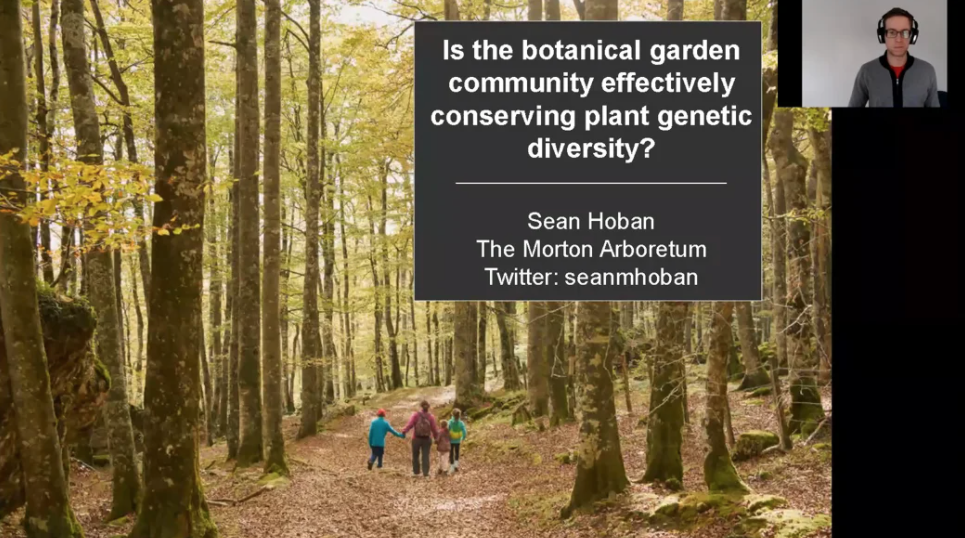
Sean Hoban, The Morton Arboretum The world’s botanic gardens and seed banks collectively safeguard millions of plants from more than 100,000 species. However it is not known how many plants should be preserved of each species to conserve genetic diversity and adaptive potential. At The Morton Arboretum, with many collaborators, we have investigated this question over […]
Read More…
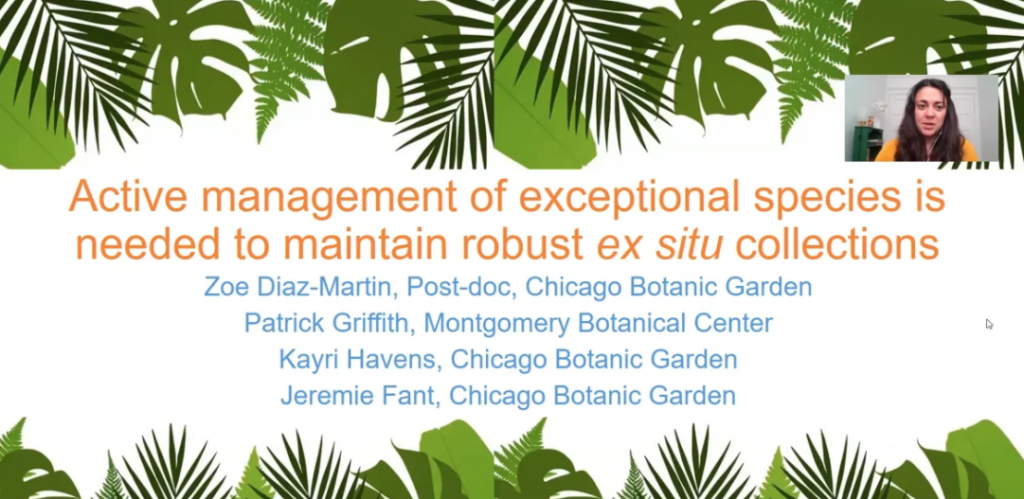
Zoe Diaz-Martin, Chicago Botanic Garden Are botanic gardens effectively managing populations of exceptional plant species held across collections? Do garden collections represent the amount of genetic diversity that characterizes the in situ population? We explore these questions in the rare palm Attalea crassispatha, an exceptional species endemic to Haiti with fewer than 50 individuals found […]
Read More…
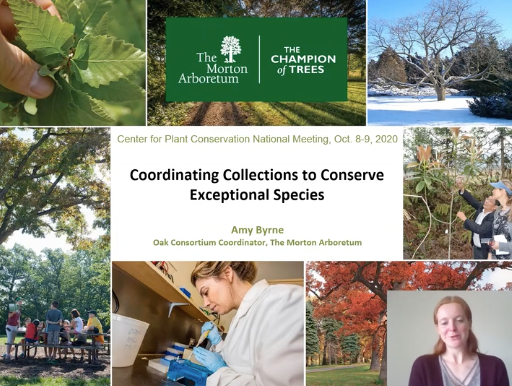
Amy Byrne, The Morton Arboretum A 2019 study by Griffith, et al. showed that gardens must collaborate to conserve genetic diversity, especially for exceptional species whose seeds cannot be conventionally seed banked. This process of capturing the genetic diversity of exceptional species in ex situ collections requires a tailored strategy for each species, emphasizing the need […]
Read More…
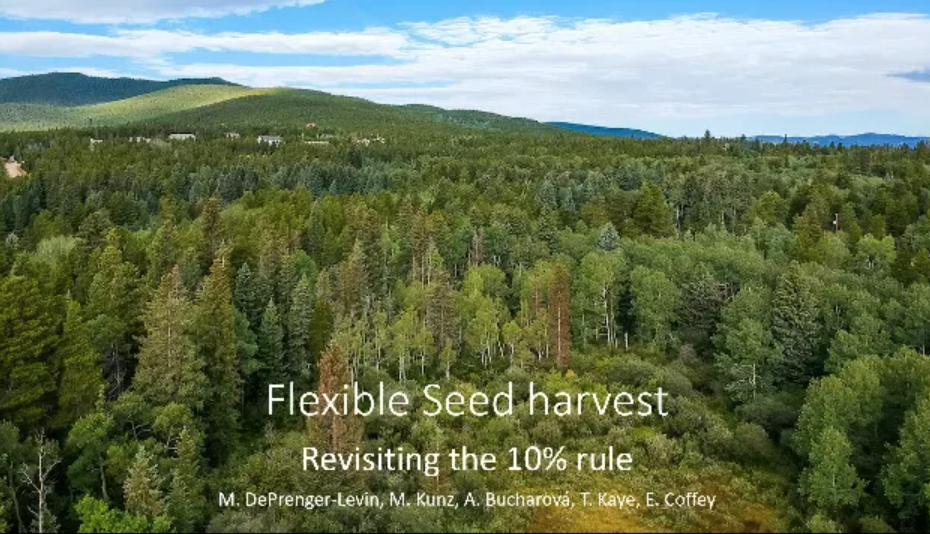
Seed collection is a vital conservation method used to ensure global food security by maintaining a source of genetic diversity in food crops and prevent the loss of biodiversity from natural or anthropogenic events that cause the extirpation of small populations. The Global Strategy for Plant Conservation facilitates global and national level plant conservation strategies […]
Read More…
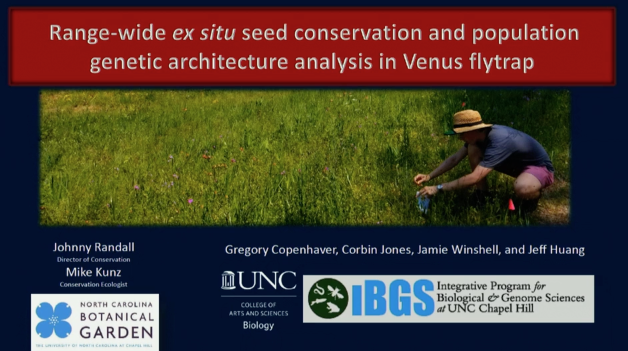
Dr. Johnny Randall, North Carolina Botanical Garden The infamous Venus flytrap, Dionaea muscipula, found across North Carolina and into South Carolina, has been seen to be declining in recent years. It is currently under review for federal listing, is ranked G2 on NatureServe, and considered vulnerable by RedList. Threats to this charismatic plant include poaching, […]
Read More…
Dr. Sean Hoban, The Morton Arboretum, Taylor Callicrate, Species Conservation Toolkit Initiative, Chicago Zoological Society, Susan Deans, Plant Biology and Conservation Program, Northwestern University, Michael Dosmann, The Arnold Arboretum of Harvard University, Jeremie Fant, Chicago Botanic Garden, Oliver Gailing, University of Göttingen, Kayri Havens, Chicago Botanic Garden, Andrew Hipp, The Morton Arboretum, Priyanka Kadav, Michigan […]
Read More…
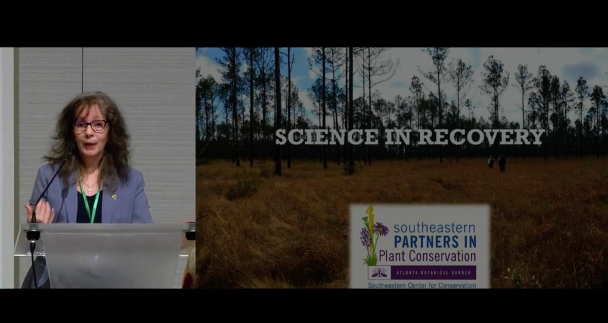
Dr. Vivian Negrón-Ortiz, U.S. Fish & Wildlife Service, Ms. Melanie Kaeser, U.S. Fish and Wildlife Service To protect and manage species listed under the U.S. Endangered Species Act requires the use of the best available science. Field-based studies on topics such as demography, reproductive biology, and seed ecology have provided sound conservation strategies for many […]
Read More…
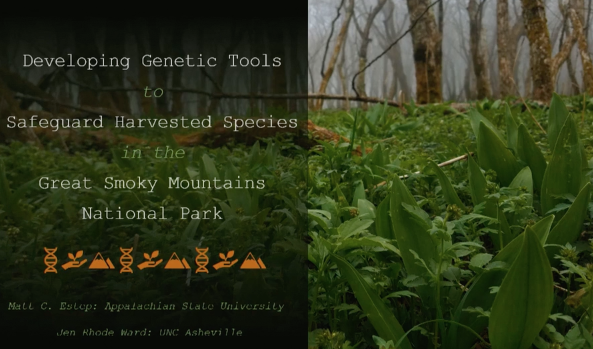
Dr. Matt Estep, Appalachian State University Jennifer Rhode Ward, University of North Carolina at Asheville Many plant species are being driven towards rarity due to exploitation for food, medicine, or the nursery trade. Land managers in the Smoky Mountain National Park are particularly concerned about two plant species: cutleaf coneflower / Sochan (Rudbeckia laciniata), and […]
Read More…
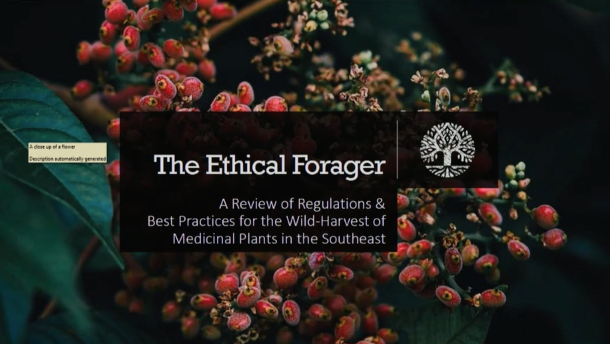
Laramie Smith, University of Georgia Dr. James Affolter, State Botanical Garden of Georgia and Department of Horticulture at the University of Georgia As the herbal supplement and alternative health industries grow, foraging for wild medicinals is becoming a more common and profitable phenomenon. In addition to the financial incentive to harvest non-timber forest products (NTFPs), […]
Read More…
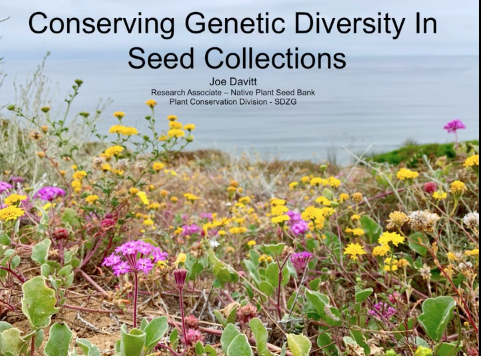
Joe Davitt, Institute for Conservation Research, San Diego Zoo Global Maintaining a plant species’ genetic diversity can contribute to adaptive potential, prevent inbreeding effects, and potentially preserve traits such as drought tolerance and disease resistance, all of which are critical in a changing climate. Seed collections are often the best method of conserving the genetic diversity of rare plant populations ex-situ, […]
Read More…
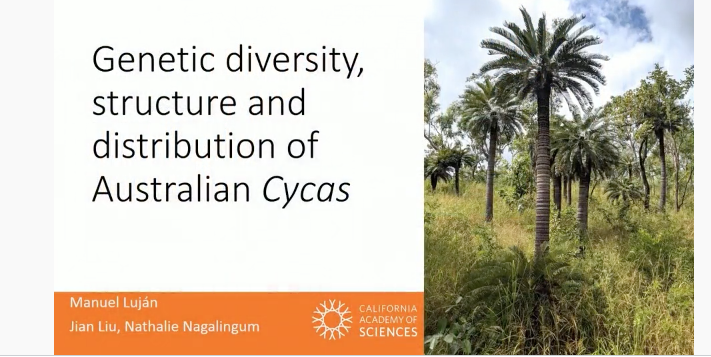
Manuel Luján, Jian Liu, Nathalie Nagalingum, California Academy of Sciences, Kunming Institute of Botany, Chinese Academy of Sciences Rare plant species exhibit narrow geographic distribution and are often considered to have smaller populations and lower levels of genetic diversity compared to their more common relatives. The genus Cycas includes about 117 species, 32 of which are […]
Read More…
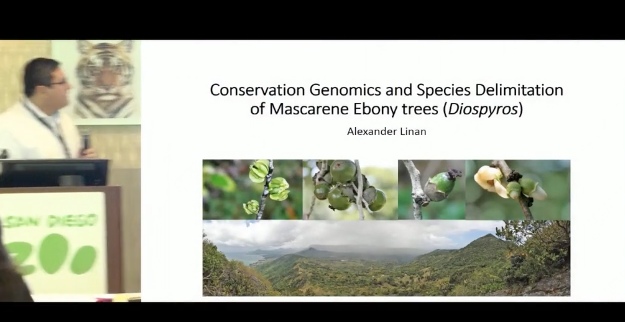
Alexander G. Linan, Porter P. Lowry II, Allison Miller, George E. Schatz, Jean-Claude Sevathian, Christine E. Edwards, Saint Louis University, Missouri Botanical Garden, Institut de Systématique, Évolution et Biodiversité (ISYEB), Centre National de la Recherche Scientifique/Muséum National d’Histoire Naturelle/École, Pratique des Hautes Études, Université Pierre et Marie Curie, Sorbonne Universités, Donald Danforth Plant Science Center The ebony and persimmon […]
Read More…
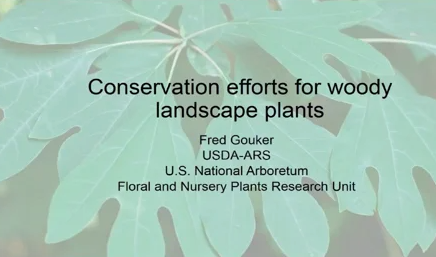
Fred Gouker, Abigail Moore, Kevin Conrad, Margaret Pooler, USDA-ARS U.S. National Arboretum, Floral and Nursery Plants Research Unit, Enviromental and Plant Biology Department, Ohio University Sassafras albidum is a well-known, ecologically important tree that is dispersed throughout the Eastern United States. Its root and bark oil were commonly used as a flavoring agent for many products […]
Read More…
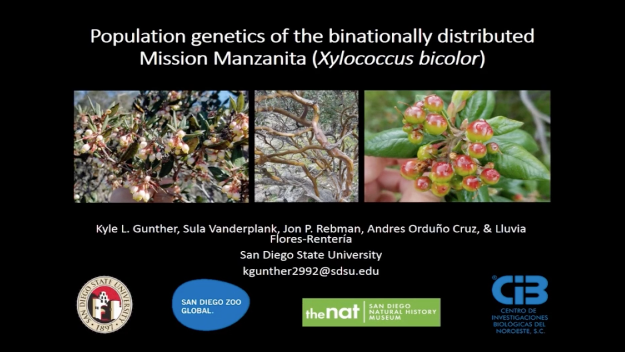
Kyle L. Gunther, Sula Vanderplank, Jon P. Rebman, Andres Orduño Cruz, & Lluvia Flores-Rentería, San Diego State University, San Diego Natural History Museum, San Diego Zoo Global, Centro de Investigaciones Biológicas del Noroeste California and the Baja peninsula are home to high levels of floral abundance, diversity, and endemism. Much of this region is part of […]
Read More…
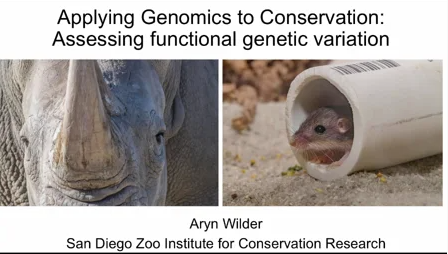
Dr. Aryn Wilder, Institute for Conservation Research, San Diego Zoo Global Human activity has left species worldwide on the brink of extinction, where they are susceptible to the loss of genetic diversity and the accumulation of deleterious mutations that reduce adaptive potential and increase extinction risk. The application of modern genomic tools allows us to more […]
Read More…
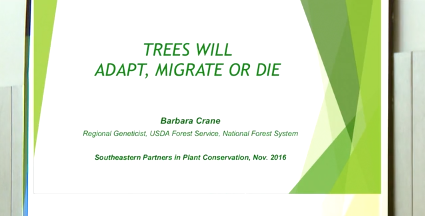
Trees Will Adapt, Migrate or Die Barbara Crane, US Forest Service, National Forest System (SePPCon 2016) Barbara Crane, USFS, describes special considerations for trees. Because the are long-lived, they cannot respond quickly to multiple threats from pathogens, fire, drought and climate change. Rates of historic migration of 300 to 1200 ft/yr cannot keep up with the […]
Read More…
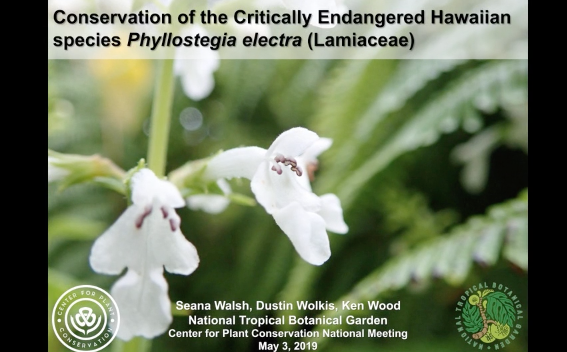
Seana Walsh, Dustin Wolkis, and Ken Wood, National Tropical Botanical Garden Phyllostegia electra (Lamiaceae) is endemic to the mesic and wet forests of Kaua’i. It is listed as Critically Endangered on the IUCN Red List of Threatened Species and is a focal species for achieving conservation objectives outlined in the Hawai’i Strategy for Plant Conservation. […]
Read More…
















